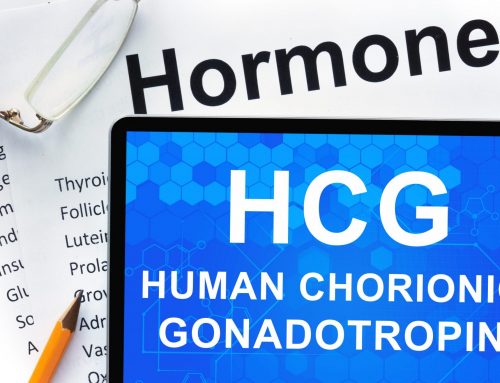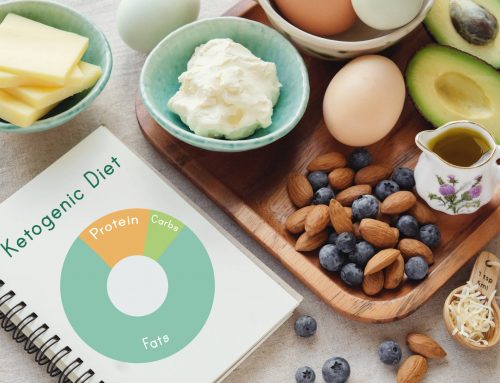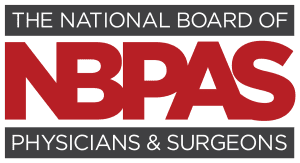 Reading isn’t exactly a form of exercise, but depending on what it is you are looking at the habit can significantly improve your health and knowledge of nutrition. Reading nutrition labels can take a cursory knowledge of calories and fat and turn it into a mental database of nutrients, daily values and general nutritional insight. Broadening your understanding about the foods you eat can significantly enhance your health, even boosting your efforts for weight loss* in Charlotte, Matthews and Waxhaw.
Reading isn’t exactly a form of exercise, but depending on what it is you are looking at the habit can significantly improve your health and knowledge of nutrition. Reading nutrition labels can take a cursory knowledge of calories and fat and turn it into a mental database of nutrients, daily values and general nutritional insight. Broadening your understanding about the foods you eat can significantly enhance your health, even boosting your efforts for weight loss* in Charlotte, Matthews and Waxhaw.
Nutrition labels are posted on just about every package of food and drink sold in the United States. These are the black and white grids on the side label of food packaging. They give pertinent information about what exactly is in a product, including calorie information, ingredients and nutrient values—yet more often than not people rip right through them in an effort to get to the goodness underneath.
If you’ve never paid much attention to nutrition labels, then now is a great time to start. Here are a few tips to start reading them:
- Start at the top: The top of the nutrition label has crucial information like the calorie content and serving size. Never assume that one package of food is one serving size.
- Check the ingredients: As a general rule, the fewer ingredients in an item the less processed it is going to be, and this will often mean more nutritional value.
- Assess the nutrients: The middle of the nutrition label will give you the amount of each nutrient in an item, including good nutrients like fiber, protein, calcium and iron, as well as bad nutrients like sugar, fat and cholesterol.
- Gauge the percentages: The right side of the nutrition label will show you a collection of percentages. These percentages indicate daily values of nutrients based on a standard 2,000-calorie diet, and may not be accurate for your diet—especially during your weight loss* program. Use these percentages as general guidelines. Any nutrient listed at 20 percent or higher is high and anything five percent or under is low.
Make a habit of reading nutrition labels on every food item you come across. The tips above can help you build your nutritional knowledge as you develop a healthier diet and lifestyle in Ballantyne, Matthews and Waxhaw. Of course, do not add any items to your medical weight loss* diet without first consulting your weight loss* doctor.








Leave A Comment